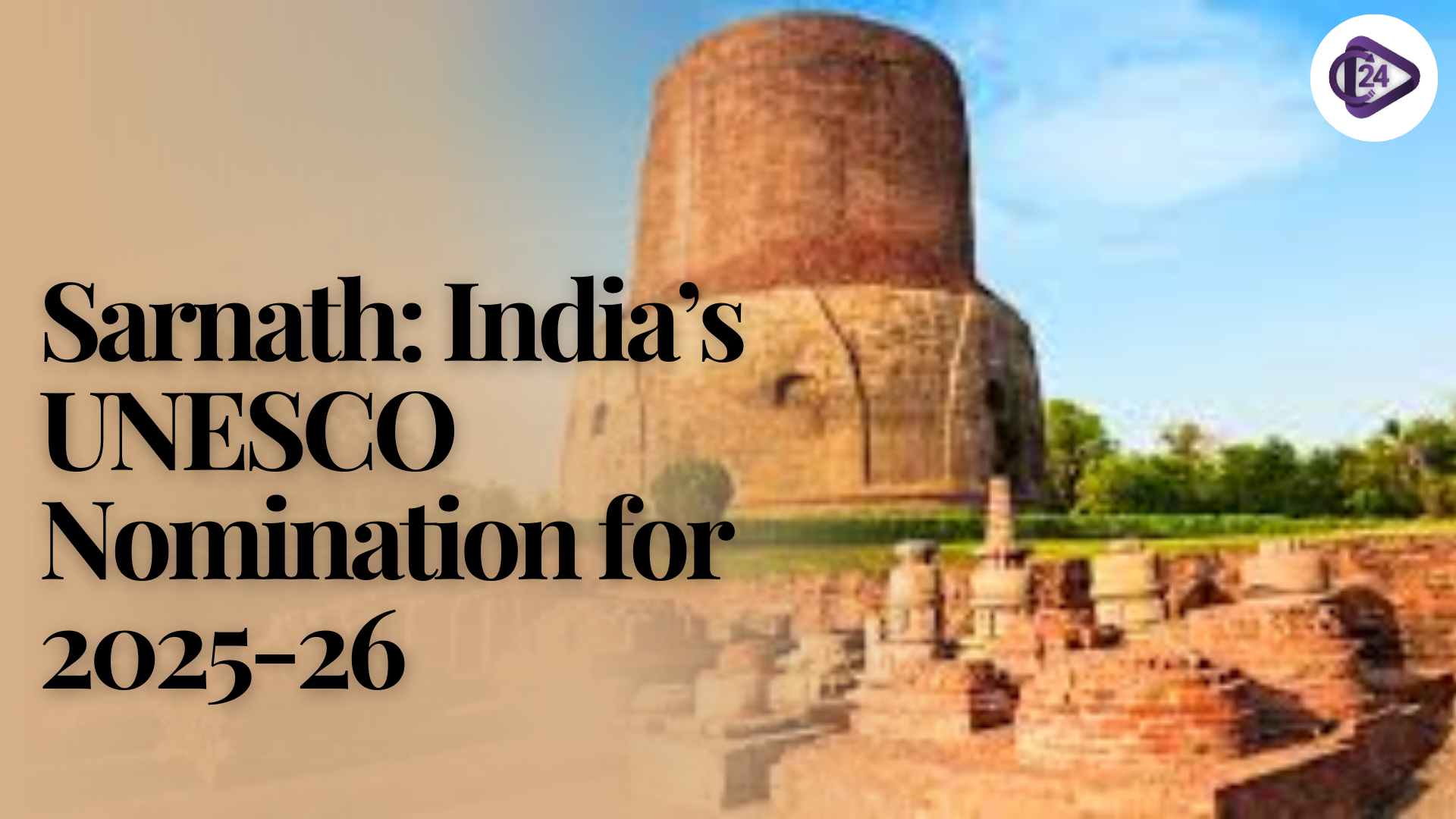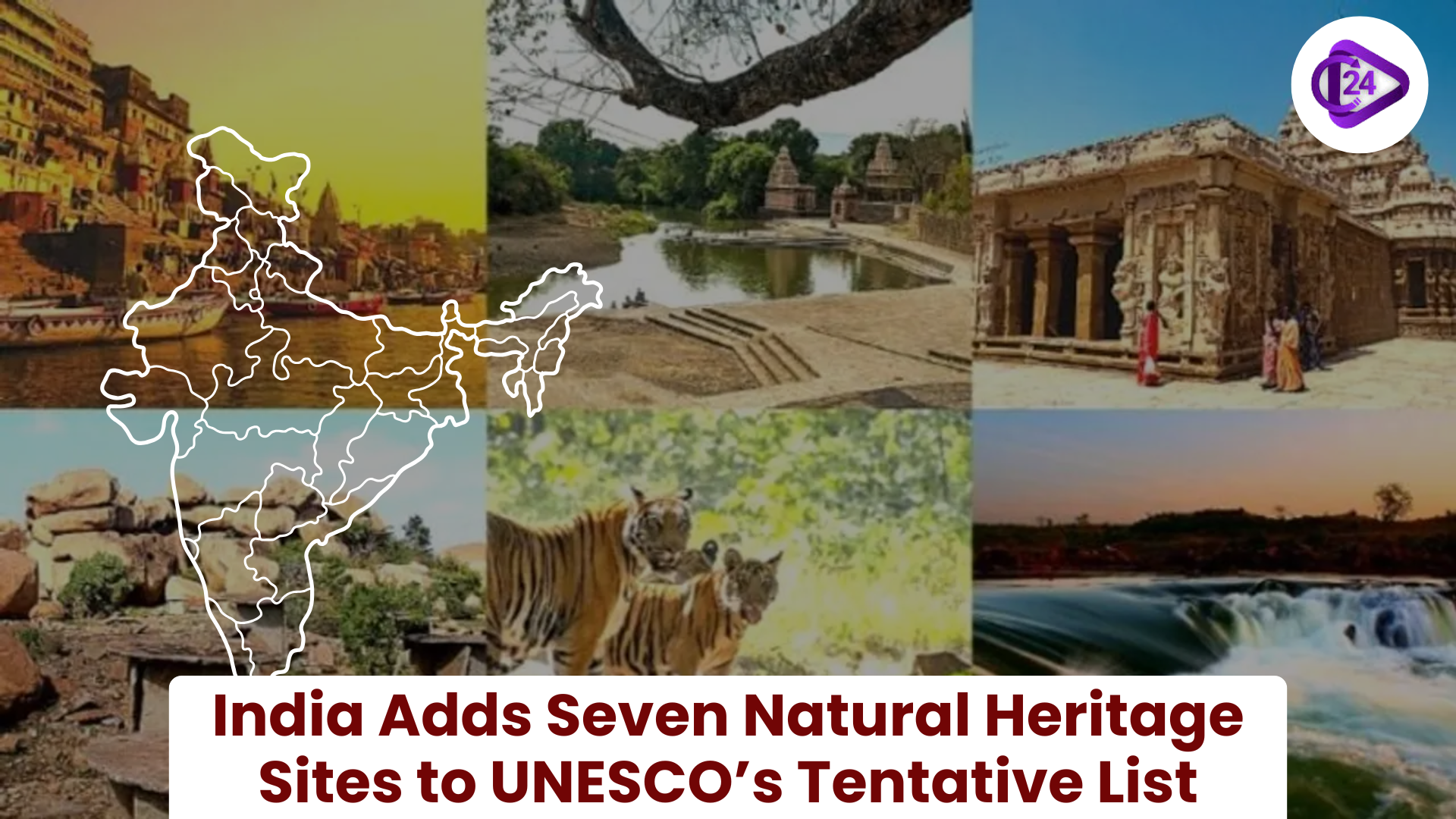
The Maratha Military Landscapes of India have obtained the formal UNESCO World Heritage List, making it the 44th World Heritage site of India. The cultural, historical, and architectural value of Maratha military forts has been recognized as a way of staging Indian fine military heritage and capabilities as well as strategic brilliance.
Context
-
The Maratha Military Landscapes of India have obtained the formal UNESCO World Heritage List, making it the 44th World Heritage site of India.
Key Details:
-
Cultural and Historical SignificanceThe range of colors mentioned above is of cultural and historical significance, as it glorifies the triumph of good and the defeat of evil.
-
The forts are considered as the reflection of architectural innovativeness, strategic military thinking, and historical activities of the Maratha Empire highlighting the existing cultural tradition of the region.
Geographical Spread:
-
The forts are spread within Maharashtra and Tamil Nadu.
-
Major forts are Salher, Shivneri, Raigad, Rajgad, Lohgad, Sindhudurg, Pratapgad, Vijaydurg, and Suvarnadurg in Maharashtra, and Gingee Fort in Tamilnadu.
Strategic Importance:
-
Strategic positions of the forts could be found at different terrains and directions, as coastal fortifications and the forts on the hills provided an advanced defense planning and capabilities in geography of 17 th to 19 th centuries CE.
India and the World:
-
The addition has placed India in the 6th and 2nd positions in the world and in the Asian Pacific respectively in the number of UNESCO World Heritage Sites.
Selection Process of UNESCO:
-
A site can be included in the World Heritage List only after it has been proved that it contains an outstanding universal value and any of the ten selection criteria have been met.
-
The international organizations such as the International Council on Monuments and Sites (ICOMOS) and the International Union for Conservation of Nature (IUCN) assess the site and the decision is taken by the World Heritage Committee.
Purpose of ASI:
-
In India, the management of related matters (World Heritage) lies with the Archaeological Survey of India (ASI).
Conclusion
Addition of the Maratha Military Landscapes to the World Heritage list of the UNESCO is an appreciation of the Indian military history and the buildup of military architecture. It not only draws attention to the military genius of the Maratha Kingdom but also gives an added advantage to India in international location as one of the traditions of great historic and cultural sites.



 Why Bihar Congress is Protesting the Adani Project: A Breakdown
Why Bihar Congress is Protesting the Adani Project: A Breakdown Education Ministry to Hold Virtual Buildathon Contest for Students from Classes 6 to 12
Education Ministry to Hold Virtual Buildathon Contest for Students from Classes 6 to 12 System for Pension Administration – Raksha (SPARSH)
System for Pension Administration – Raksha (SPARSH) Election Commission Delists 474 Unrecognised Political Parties
Election Commission Delists 474 Unrecognised Political Parties Clean Plant Programme: India’s Step Towards Disease-Free Horticulture
Clean Plant Programme: India’s Step Towards Disease-Free Horticulture Sarnath Nominated for UNESCO World Heritage List 2025-26
Sarnath Nominated for UNESCO World Heritage List 2025-26 Sign Language Day 2025: ISLRTC Launches Key Initiatives for Deaf Inclusion
Sign Language Day 2025: ISLRTC Launches Key Initiatives for Deaf Inclusion Surajpur Achieves Milestone: 75 Villages Declared Child Marriage-Free
Surajpur Achieves Milestone: 75 Villages Declared Child Marriage-Free Modi to Dedicate Dhordo as India’s Newest Solar Village
Modi to Dedicate Dhordo as India’s Newest Solar Village India Adds Seven Natural Heritage Sites to UNESCO’s Tentative List
India Adds Seven Natural Heritage Sites to UNESCO’s Tentative List






